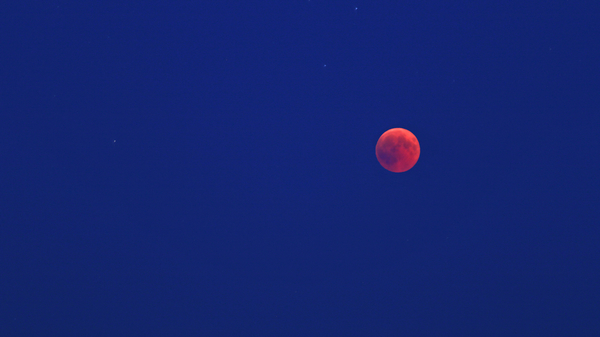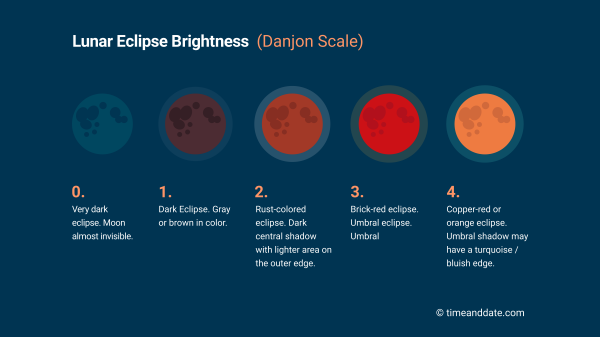May 2022 Lunar Eclipse: Top 3 Tips for Watching the Event
With two weeks to go until a prime-time lunar eclipse, timeanddate asked Dr. Ed Krupp—director of Griffith Observatory in Los Angeles—for his eclipse-watching advice.

“Events in nature have extraordinary nuance,” says Griffith Observatory’s Ed Krupp.
©iStockphoto.com/Chris6
A Prime-Time Lunar Eclipse
The total lunar eclipse on May 15–16 will be visible across North and South America, plus parts of Europe and Africa.
On the west coast of North America, it will be a prime-time Sunday-evening event: totality will begin at around 8:29 pm PDT.
Follow the eclipse LIVE with timeanddate
A Big Night for Griffith Observatory
The eclipse can be enjoyed from any location that provides a good view of the sky.
At the same time, there are certain locations which people tend to gravitate toward when there is a big celestial event.
One of these is Griffith Observatory, which overlooks the city of Los Angeles from the south slope of Mount Hollywood.
“People walk up here or take the bus,” says Ed Krupp, who has been the observatory’s director since 1974. “It’s an easy destination to reach. The grounds can be covered with thousands of people, with telescopes all over the lawn.”
More than 85 million people have visited Griffith Observatory since it opened in 1935. But “eclipses always draw more people,” notes Dr. Krupp.
Top Tips for Getting the Most Out of the Eclipse
What advice does Dr. Krupp have for anyone watching a lunar eclipse? We asked him for his top three tips.
- Don’t just go out once to have a look. Monitor the whole thing. Celestial mechanics and weather make it a dynamic event. Every lunar eclipse is different, and the surprises and delights are in the details.
- Look at a diagram of the Moon’s passage through the Earth’s shadow—try to guess how the Moon will look at maximum eclipse.
- The unaided eye will do the job, but if you have binoculars, use them, especially for the nuances of color.
- Los Angeles (footage courtesy of Griffith Observatory)
- San Diego (San Diego Astronomy Association)
- Tucson (Tucson Amateur Astronomy Association, with a second feed from Minneapolis)
- Sudbury, Canada (RASC – Sudbury Centre)
- New York (Amateur Astronomers Association)
- Ouarzazate, Morocco (timeanddate mobile observatory)
“The first point, about watching the whole thing, is crucial,” says Dr. Krupp. “Events in nature have extraordinary nuance, and you have to pay attention.”
He gives the example of the lunar eclipses of July and December 1982, when the Moon appeared darker than expected during totality.
This was a result of the eruption of the Mexican volcano El Chichón in March that year, which pumped volcanic aerosols into the atmosphere. (During the total phase of a lunar eclipse, the Moon’s surface is illuminated by light from the Sun that has been filtered through Earth’s atmosphere.)


The color and brightness of the Moon during a total lunar eclipse can be measured with the Danjon scale.
Eclipse Glasses Not Required for Lunar Eclipses
Although people must be extremely careful when watching a solar eclipse, Dr. Krupp emphasizes there is no need to be anxious about a lunar eclipse.
“A lunar eclipse is absolutely safe,” he stresses. “You don’t need a filter or eclipse glasses.”
Watch the Eclipse Here
As always, timeanddate will be streaming the eclipse LIVE. We’ll have feeds from across the USA and beyond, including (from west to east):